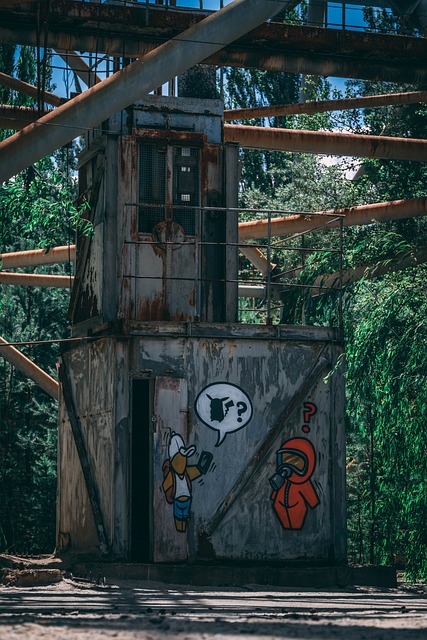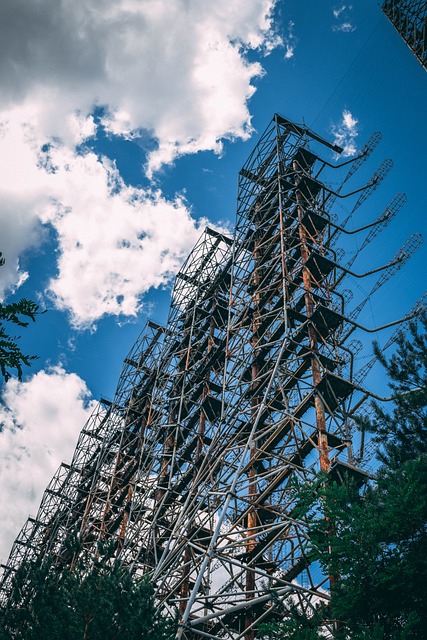San Antonio homeowners face significant challenges from severe weather events like hurricanes and storms, causing structural damage (e.g., broken roofs, flooded basements) and secondary issues like mold growth. Quick storm damage repair is crucial for safety and preventing further deterioration. Engaging reliable contractors specializing in San Antonio storm damage repair and understanding the extent of damage are essential steps to restore homes. Efficient project management with community organizations and local governments helps access resources and grants, promoting sustainable rebuilding practices and stronger, safer communities post-storm.
San Antonio, like many coastal cities, faces significant challenges from severe storms and hurricanes. Understanding the extent of storm damage is crucial for effective disaster reconstruction. This article explores temporary shelter solutions for immediate emergency relief and offers long-term strategies for San Antonio homeowners to navigate storm damage repair, ensuring resilient and safe living conditions. Learn how to prepare, respond, and recover effectively in the face of such natural disasters.
- Understanding Storm Damage and Its Impact on San Antonio Homes
- Temporary Shelter Solutions for Emergency Relief
- Long-Term Reconstruction Strategies for San Antonio Homeowners
Understanding Storm Damage and Its Impact on San Antonio Homes

In San Antonio, like many coastal cities, storm damage can be devastating for homeowners. Frequent severe weather events, including hurricanes and intense storms, pose significant risks to structures. From broken roofs and shattered windows to flooded basements and displaced insulation, the impacts are far-reaching. Prompt storm damage repair is crucial for San Antonio homeowners not only to ensure safety but also to prevent further complications like mold growth and structural deterioration.
The aftermath of a storm can leave homes in disarray, with visible and invisible damages that require professional attention. Wind, rain, and even lightning strikes can cause extensive chaos, particularly in older or poorly maintained properties. Understanding the extent of storm damage is the first step for San Antonio homeowners to navigate the reconstruction process efficiently. Timely intervention and engaging reliable contractors specializing in storm damage repair are essential to restore homes to their pre-storm condition.
Temporary Shelter Solutions for Emergency Relief

In the wake of storms and natural disasters, providing immediate shelter solutions is paramount for emergency relief efforts. Temporary shelters play a crucial role in offering sanctuary and protection to displaced individuals and families in San Antonio and beyond. One of the primary considerations is ensuring these structures are robust yet easily assemblable, catering to both speed and durability requirements. Storm damage repair is a key aspect; temporary shelters should be designed to withstand potential future weather events while providing insulation and basic amenities like shelter from rain and wind.
For San Antonio homeowners, quick-deployment options such as modular units or inflatable structures can significantly aid in post-disaster recovery. These solutions offer a sense of security and normalcy during turbulent times. Additionally, their mobility allows for strategic placement based on immediate needs, facilitating efficient disaster response and ensuring affected communities have access to temporary housing until permanent repairs or relocations can be arranged.
Long-Term Reconstruction Strategies for San Antonio Homeowners

In the aftermath of a storm, many San Antonio homeowners face the daunting task of navigating their property’s damage and planning for reconstruction. While immediate temporary shelter solutions are crucial to ensure safety and comfort during recovery, long-term strategies should be implemented to safeguard homes and communities. One key aspect is comprehensive storm damage repair tailored to the unique needs of San Antonio’s climate and architecture. Local construction experts can offer guidance on reinforcing structures against future storms, incorporating impact-resistant windows, stronger roofing materials, and improved drainage systems.
Additionally, engaging with community organizations and local governments facilitates access to resources and grants designed for disaster reconstruction. These initiatives promote sustainable and resilient rebuilding practices, ensuring that homes are not only repaired but also upgraded to better withstand environmental challenges. Efficient project management and collaboration between homeowners, contractors, and authorities streamline the reconstruction process, enabling San Antonio residents to rebuild stronger and safer communities in the wake of storms.
In light of the devastating impact of storms on San Antonio homes, it’s clear that efficient storm damage repair is paramount. The article has explored temporary shelter solutions for immediate emergency relief and highlighted long-term reconstruction strategies for San Antonio homeowners to restore their properties and communities. By understanding the unique challenges posed by storm damage, implementing robust temporary shelters, and adopting comprehensive reconstruction plans, San Antonio can better navigate future disasters and ensure a more resilient and sustainable future for its residents.
